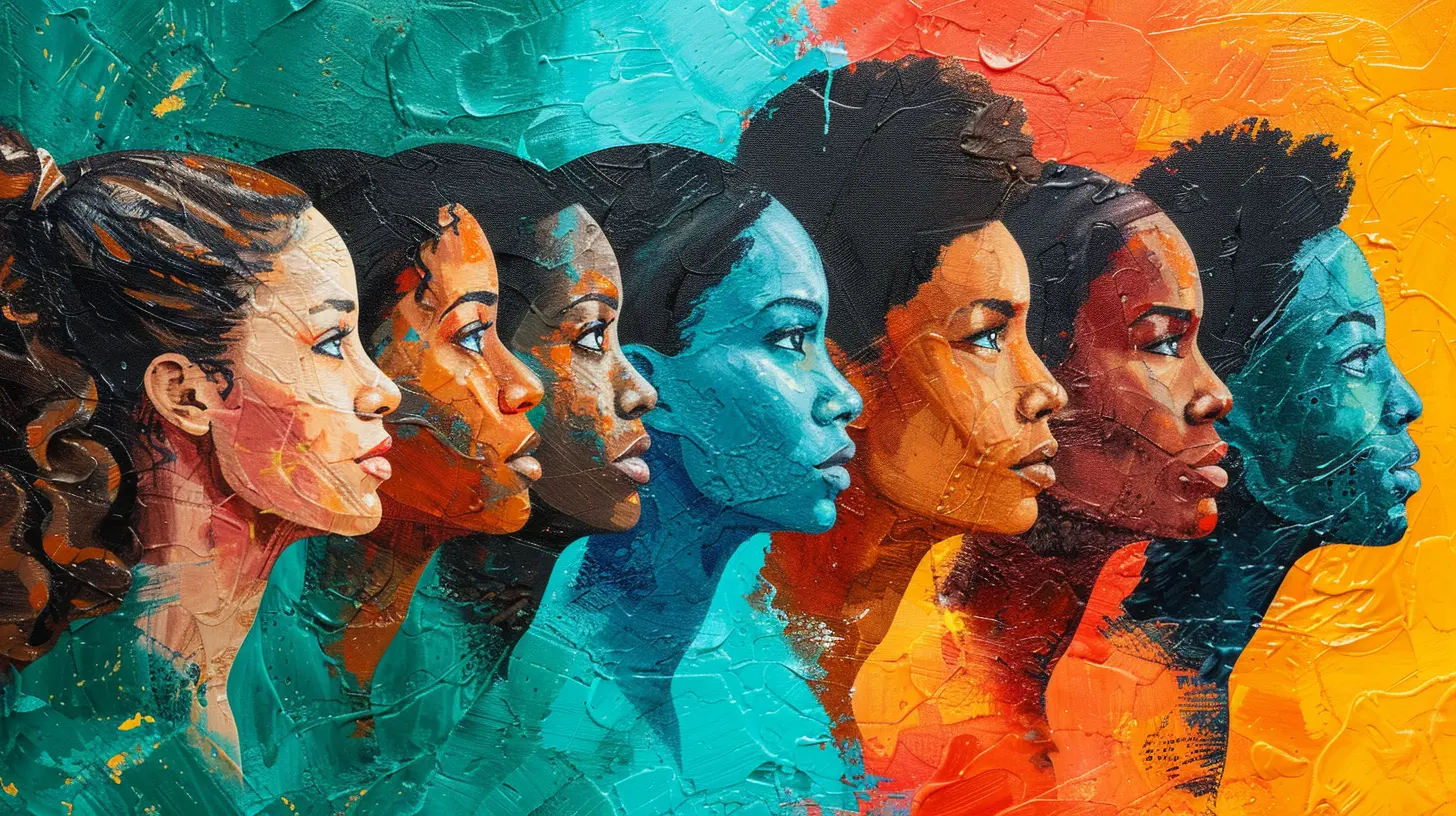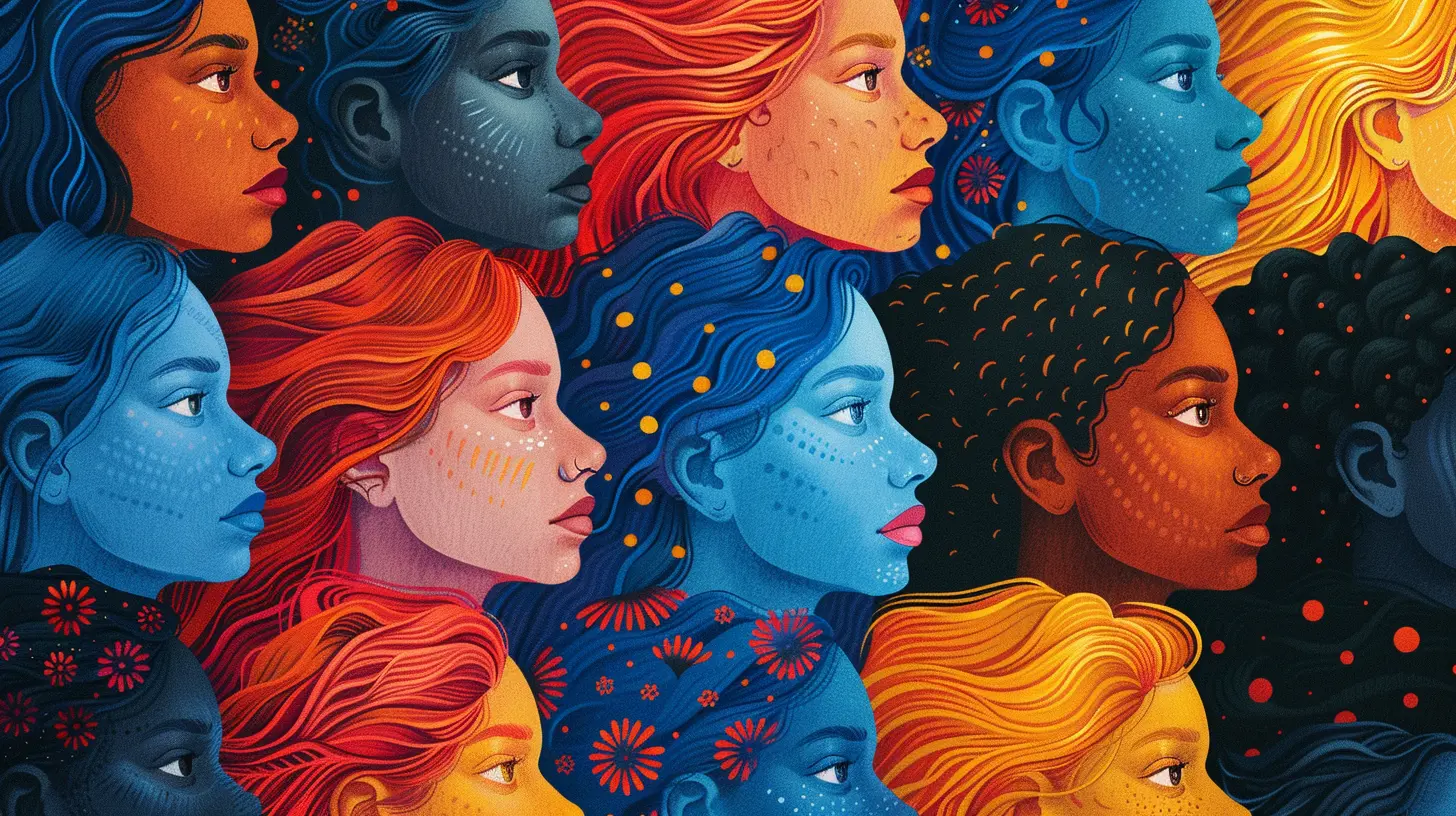Diversity Beyond the Surface: Embracing Intersectionality in Business
5 August 2025
Let’s face it—diversity has become a buzzword in today’s business world. Nearly every company website has some sort of statement about being an "equal opportunity employer" or supporting diversity and inclusion. But here’s a quick question: when companies talk about diversity, are they really digging deep, or are they just checking boxes?
That’s where intersectionality steps into the spotlight.

What is Intersectionality, Really?
First off, intersectionality isn't just another corporate trend or a complex academic word to toss around during boardroom meetings. It’s actually a powerful lens—one that helps us understand how different aspects of a person's identity (like race, gender, age, disability, sexual orientation, religion, and socioeconomic background) interact and overlap.Think of it like a Venn diagram. Each circle represents a part of someone's identity. The place where those circles intersect? That’s where people's lived experiences become more layered and complex. And in business, that complexity matters.

The Flaw in One-Dimensional Diversity
Here’s the thing: traditional diversity initiatives often focus on just one aspect—maybe race, maybe gender, sometimes both. But people aren’t one-dimensional, are they? You’re not just your gender or your job title. You're a whole person with a life full of context.So, when companies focus only on surface-level diversity, they miss the mark. It’s like trying to read a book by just glancing at the cover. You miss the real story—the stuff that’s underneath.
Diversity that doesn't go beyond the surface is performative at best and damaging at worst. It leads to tokenism, where people are seen as representatives of a group rather than as individuals with unique voices.
Real Talk: Tokenism Isn’t Inclusion
Have you ever been in a room where you suddenly realize you’re the only one who looks like you, talks like you, or understands your background? That’s not inclusion. It’s isolation with a diversity label slapped on.Token hires or promotions might boost diversity stats, but they don’t foster genuine belonging. Real inclusion ensures every voice is not only heard but valued.

Intersectionality in the Workplace: Why It Matters
Intersectionality forces businesses to think bigger. It challenges leaders to ask better questions, like:- Are we creating environments where everyone can thrive, not just survive?
- Do our policies consider the unique barriers faced by employees with overlapping marginalized identities?
- Are our mentorship programs inclusive of all backgrounds?
Because the truth is, a woman of color may face very different challenges in the workplace than a white woman. A disabled LGBTQ+ employee may face barriers that abled cisgender employees do not. Layering identities opens up a deeper dialogue about equity—not just equality.
Different Lenses Create Better Business Vision
When businesses embrace intersectionality, they create cultures that are not only rich and inclusive but also wildly innovative. Why?Because different life experiences bring fresh perspectives. They challenge the status quo. They help teams see problems from angles that others might completely miss.
Diverse teams—truly diverse, intersectionally diverse—perform better. They have broader insights, more creative solutions, and stronger emotional intelligence. This isn’t just feel-good fuzz. Studies have backed it up again and again.

Intersectionality As a Leadership Mindset
This isn't just HR’s job. Nope. Intersectionality starts at the top. Leaders must model what it means to see individuals in their full identities, not just in digestible categories.Being an intersectional leader doesn’t mean you’ve got a perfect checklist of every identity represented. It means you continuously seek to understand how power, privilege, and barriers operate in your organization—and then you do something about it.
What Does an Intersectional Leader Do?
- Listens more than they speak. They create safe spaces where employees can express who they really are.- Asks intentional questions. They go beyond “What’s your background?” to “How can I support your growth, considering the unique challenges you might face?”
- Amplifies marginalized voices. They don’t speak for others; they make room for others to speak for themselves.
Building an Intersectional Culture: Where to Start
Alright, so you’re convinced that intersectionality matters. Now what? How do you actually build it into your company culture without making it feel like just another compliance exercise?Here are some action steps that matter:
1. Audit Your Policies With an Intersectional Lens
Are your parental leave policies inclusive of LGBTQ+ families? Do your dress code requirements respect religious expression? Do your recruitment strategies unintentionally favor certain demographics?These are the kinds of questions that open doors—not just for inclusion but for transformation.
2. Invest in Intersectional DEI Training
Run-of-the-mill diversity training often skims the surface. Instead, bring in experts who understand intersectionality and can address biases that operate on multiple levels.Real education leads to real empathy. And empathy? It’s a business superpower.
3. Diversify Leadership Pipelines
Representation matters. But not just any representation—diverse, intersectional representation at every level, especially the top.Build mentorship programs for emerging leaders from underrepresented groups. Make sponsorships part of performance evaluations. Intentional pathways create lasting change.
4. Create Safe Spaces and Affinity Groups
Give people room to connect on shared experiences. Employee Resource Groups (ERGs) for women, LGBTQ+ employees, people of color, neurodiverse individuals, and others can be incredible sources of connection and advocacy—especially when they have leadership support and real funding.5. Measure What Matters
You can’t fix what you don’t track. Go beyond surface metrics like gender ratios or race percentages. Try to collect feedback on inclusion, belonging, and psychological safety—and use that data to evolve.
When Intersectionality is Missing: The Cost
Let’s talk about the flipside. What happens when businesses don’t embrace intersectionality?- High turnover: Employees who don’t feel seen or valued won’t stick around.
- Low engagement: Lack of inclusion leads to checked-out employees who do the bare minimum.
- PR disasters: Brands that miss the nuance can end up in hot water with tone-deaf campaigns or tone-deaf leadership.
- Missed innovation: Monocultural teams tend to think inside the same box—which is bad news for problem-solving and creativity.
Ignoring intersectionality isn’t just a missed opportunity. It’s a business risk.
The Role of Storytelling in Intersectionality
People connect through stories, not stats. That’s why storytelling is such a powerful tool in building inclusive cultures.When employees share their journeys—when they speak about navigating the world with layered identities—they build empathy that no chart ever could.
Consider adding a storytelling series to your internal newsletters or town halls. Normalize conversations about identity. Make it okay to be human at work.
Final Thoughts: Moving from Awareness to Action
We’ve all seen companies put rainbow flags in their logos during Pride Month or make grand statements during Black History Month. And sure, awareness is a start.But awareness without action is like planting a seed and never watering it. Intersectionality demands more. It demands we move beyond representation to transformation.
We owe it to ourselves, to our teams, and to the future of work to build businesses that see people fully—not just for who they are on paper but for who they are in every intersection of their identity.
Ready to lead differently?
Because that’s where real diversity lives—beyond the surface.
all images in this post were generated using AI tools
Category:
Diversity And InclusionAuthor:

Susanna Erickson
Discussion
rate this article
1 comments
Xavier Hodge
This article offers a fresh perspective on diversity by highlighting the importance of intersectionality. Embracing the complexities of individual identities can unlock innovative solutions and foster a truly inclusive business environment. Excited to see how this unfolds in practice!
August 13, 2025 at 4:38 AM

Susanna Erickson
Thank you for your insightful comment! I'm glad you found the article enlightening and I'm excited to see how these ideas can be applied in real-world settings.


